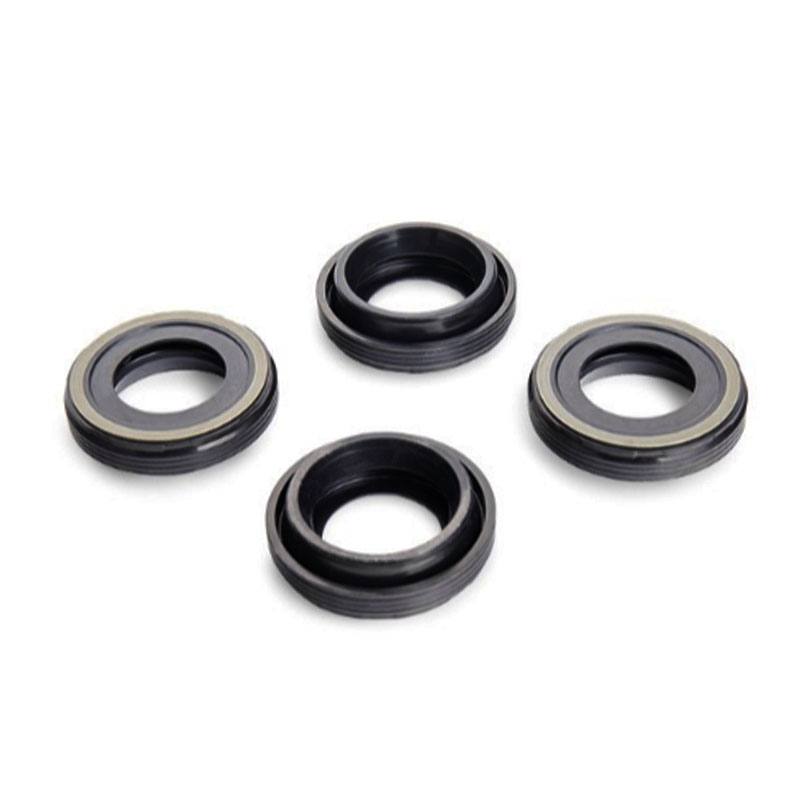oil leaking from oil pan gasket
Understanding Oil Leaks from the Oil Pan Gasket Causes and Solutions
Oil leaks in vehicles are a common issue that can lead to significant engine damage if not addressed promptly. One of the primary sources of these leaks is the oil pan gasket, a crucial component that plays a vital role in the engine's overall functionality. This article will explore the causes, symptoms, and solutions for oil leaks stemming from the oil pan gasket.
What is the Oil Pan Gasket?
The oil pan gasket is a sealing component located between the oil pan and the engine block. Its primary function is to prevent engine oil from leaking out of the oil pan, which holds the oil needed for lubrication. The gasket is typically made of rubber or silicone, which provides flexibility and durability. Over time, exposure to heat and engine vibrations can lead to wear and tear, causing it to fail.
Causes of Oil Leaks from the Oil Pan Gasket
Several factors can contribute to an oil leak from the oil pan gasket
1. Age and Wear As with any component, oil pan gaskets can wear down over time. Exposure to high temperatures can cause them to become brittle, leading to cracks and leaks.
2. Improper Installation If the oil pan gasket was not installed correctly during a previous service, it may not create a proper seal. Misaligned gaskets can result in gaps where oil can escape.
3. Excessive Engine Vibration Vehicles with high levels of engine vibration can loosen the oil pan bolts, causing the gasket to become compromised.
4. Oil Contamination Oil that is contaminated with dirt, debris, or old oil can degrade the gasket material, leading to leaks.
5. Over-tightening Over-tightening the bolts during installation can compress the gasket excessively, causing it to deform and fail.
Symptoms of an Oil Leak
Identifying an oil leak early can save vehicle owners from costly repairs
. Common symptoms of an oil leak from the oil pan gasket includeoil leaking from oil pan gasket

- Oil Puddles Finding oil spots or puddles under the vehicle is often the first indication of an oil leak. This is typically the oil that has accumulated from a leak.
- Low Oil Levels If you frequently need to top off your oil, it may indicate a leak. Checking the oil level regularly can help detect changes early.
- Burning Oil Smell If the leaking oil comes into contact with hot engine parts, it may produce a burning smell, indicating that the oil is burning off rather than being properly lubricated.
- Engine Noise Insufficient oil due to a leak can lead to increased engine noise as the lubricating properties diminish.
Solutions for Oil Leak Issues
Addressing an oil leak from the oil pan gasket requires timely action
1. Inspection Begin by inspecting the oil pan gasket for visible signs of damage, such as cracks or excessive wear. This may involve cleaning the area around the gasket to identify the source of the leak.
2. Replacement If the gasket is faulty, it will likely need to be replaced. This typically involves removing the oil pan, cleaning the surfaces, and installing a new gasket.
3. Torque Specifications Ensure that the oil pan bolts are tightened to the manufacturer’s specifications. This helps prevent future leaks due to loose or over-tightened bolts.
4. Regular Maintenance Regular oil changes and inspections can help detect potential issues, such as worn gaskets, before they result in significant problems.
Conclusion
Oil leaks from the oil pan gasket can lead to serious engine issues if not addressed promptly. Understanding the causes and symptoms, along with timely solutions, can help vehicle owners maintain their engines effectively. Regular maintenance and attention to oil levels can also prevent unnecessary damage and costly repairs down the road. If you suspect an oil leak, it is crucial to consult a qualified mechanic to ensure your vehicle remains in optimal condition.
-
Simplifying Oil Changes: A Comprehensive Guide to Oil Drain Plugs and Their Variants
News Aug.04,2025
-
Mastering Oil Drain Maintenance: Solutions for Stripped, Worn, and Upgraded Oil Plugs
News Aug.04,2025
-
Fixing Oil Pan Plug Issues: Leaks, Stripped Nuts, and the Right Replacement Solutions
News Aug.04,2025
-
Everything You Need to Know About Oil Drain Plugs: Sizes, Fixes, and Upgrades
News Aug.04,2025
-
Choosing the Right Oil Drain Plug: A Guide to Sizes, Materials, and Drain Innovations
News Aug.04,2025
-
A Complete Guide to Automotive Drain Plugs: Types, Problems, and Innovative Solutions
News Aug.04,2025
-
The Ultimate Guide to Car Repair Kits: Tools and Essentials Every Driver Should Own
News Aug.01,2025
Products categories















